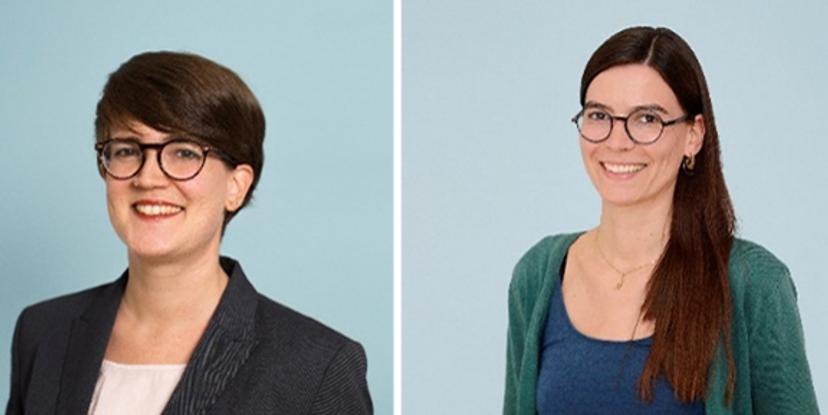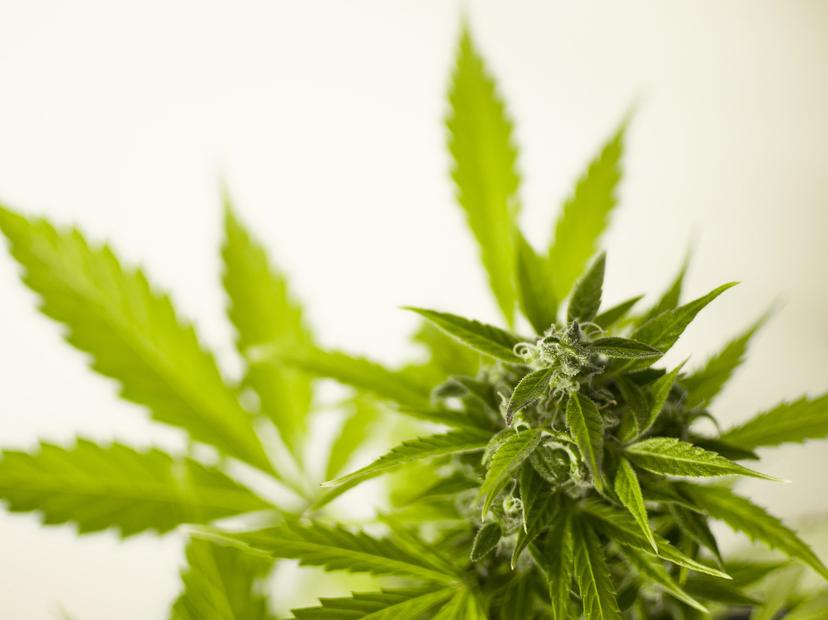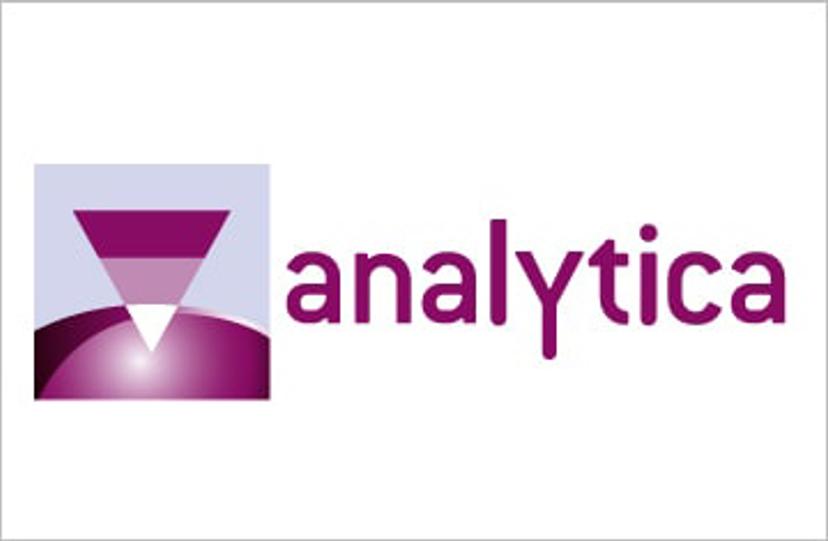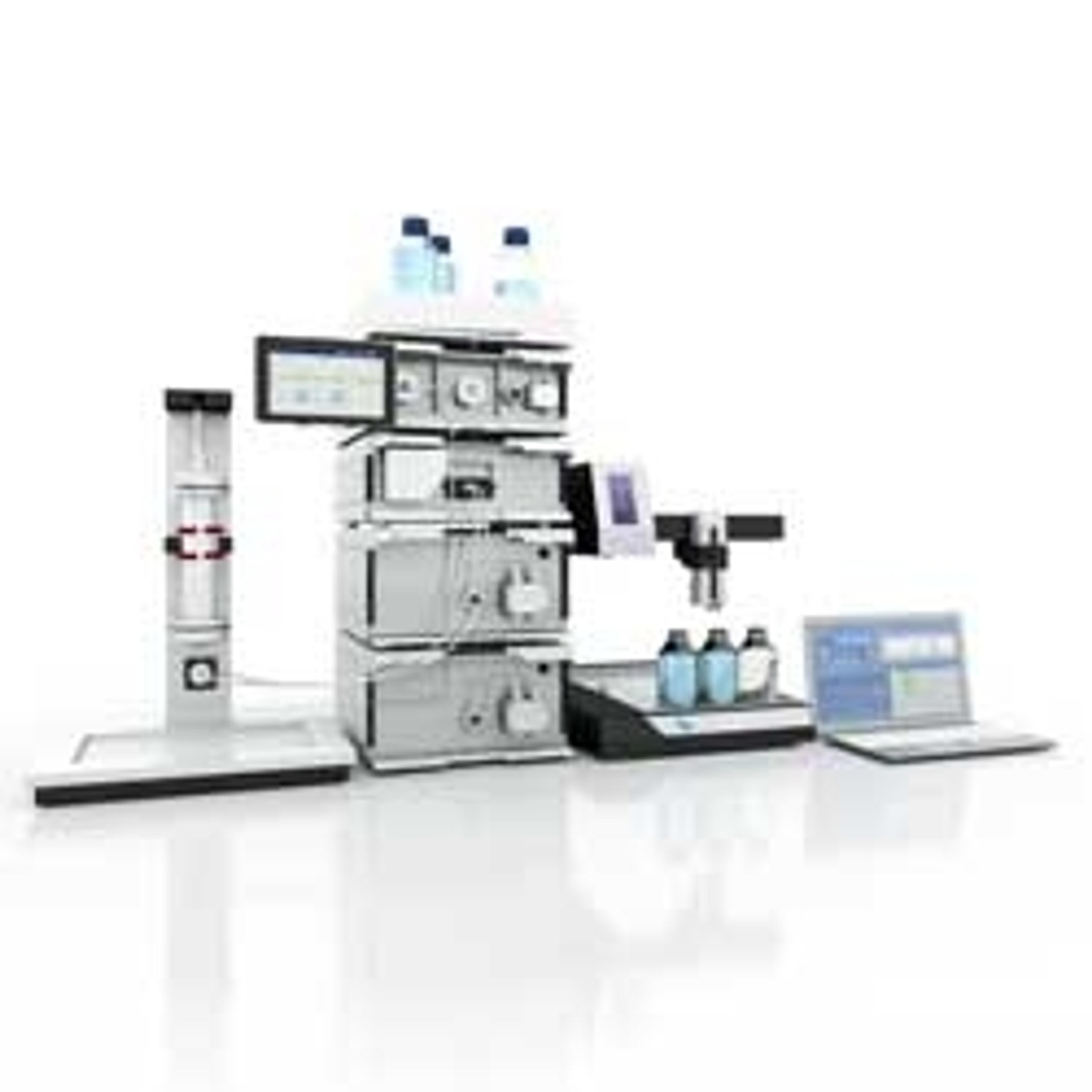Top tips and future perspectives in cannabis testing from industry experts
SelectScience speaks with two KNAUER scientists working to innovate quality testing solutions for the rapidly-changing cannabis industry, with a glimpse into their approach for 2020
29 Jan 2020
In this article, we speak with Lisa Loxterkamp, an applications specialist at KNAUER’s Applications and Academy department where she is responsible for method development and HPLC training, and Mareike Margraf, a chemical engineer working as a product manager in analytical HPLC solutions and columns, to gather their insights into the cannabis testing industry and hear how the company is working to address its respective challenges.

SS: What are the key research areas in the cannabis testing industry right now?
MM: In my opinion, the most significant challenge to the industry is to provide comprehensive and reliable methods, instruments and accessories to ensure the quality of medicinal cannabis. As the industry is growing very fast, the need for quick and cost-effective approaches is rising. At the same time, preparative HPLC methods and systems are also needed for the purification of cannabinoids. I believe the industry will continue to grow tremendously in the near future, the interest in purified active pharmaceutical ingredients (APIs) and not just raw plant material will rise due to the ease of production, something that is essential for the pharmaceutical industry.
SS: Tell us about the AZURA Analytical system and how its main features could support these areas.
LL: The AZURA Analytical HPLC system can be used for qualifying and quantifying different cannabinoids and the determination of aflatoxin inside cannabis products, where the potency testing is one of the main analytical procedures and aflatoxin is one of the secondary components. The preparative purification concerns mainly the cannabinoids Δ9-THC and CBD. Within this procedure, the AZURA Analytical system is used for quality analysis and in-process control.
MM: Furthermore, the AZURA is a state-of-the-art HPLC system that can be used for a wide range of applications. It is not restricted to the quality control of cannabis and cannabis products and can serve for a lot more tasks in the lab. Equipable with several detectors, this HPLC system can be customized for many other specialized tasks.
SS: How do you work with your customers to support them in a rapidly changing industry?

LL: Especially in the field of preparative purification processes, costumers often ask for our support. In the case of analytical techniques, most of the given regulated methods are not open for change. In this area, we try to help the customer adapt the AZURA Analytical HPLC to their specific needs.
MM: From our experience, many cannabis growers, cannabis product and extract producers and importers are very new to the requirements of German law, and the testing of a product in a regulated environment. We try to clarify questions and support these customers in the best way to implement methods, either for quality control or, more often than not, in the field of cannabinoid purification.
In the special case of cannabis testing, our application experts have a lot of experience in the admissions process that allows the company to run this kind of analysis and to purchase the needed standards and materials. Besides the technical support on our AZURA systems, we are happy to share this valuable know-how with interested customers.
SS: What are your top tips for successful technique in cannabis testing and advice for scientists to improve their analysis?
LL: First of all, it is essential to understand and clarify the synonyms used in the cannabis industry, as it is necessary to avoid any misunderstanding of product contents. Then, of course, the sample preparation is one of the most critical steps during cannabis testing. If you are working according to given regulations in Germany, there is not enough information provided to do it thoroughly. The same applies to the extraction solvents used for the different matrices. It’s important to invest some more time during the validation process. We at KNAUER made different comparative measurements with accredited companies to ensure exact cannabinoid content.
MM: As every country, unfortunately, has its own regulations, you must make sure that you are working according to the correct methods valid for your location, or the location where you want to sell your end product. Understanding the different requirements, or even to identify if there are any valid regulations for your production and supply chain, is essential when establishing a process. We can offer an HPLC method for the quantification of 16 cannabinoids in a very short analysis time, but if this method does not match the requirements, you may stick to a slower method with less resolution as it is published as an official testing method.

SS: Finally, what next in this field for KNAUER?
MM: I think that most people already know how to do the quality control of cannabis products. From the questions and requests that we get every day, we see a high demand for preparative LC systems and methods for the purification of special cannabinoids like Δ9-THC or CBD, just to mention the big players. As this industry will definitely grow in the coming years, we will work on special solutions for batch purification and continuous simulated moving bed (SMB) chromatography, for the production of pure cannabinoids on a large scale.
LL: In 2020, cannabis will still be a main topic at KNAUER. We are presenting at the analytica trade fair in Munich on the subject: 'Purify and Analyze: Cannabis'. We look forward to talking with the attendees about the cannabis industry.



